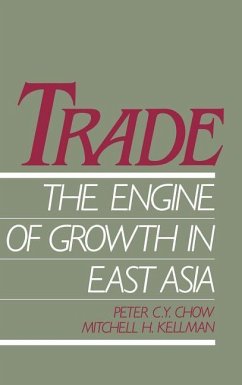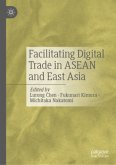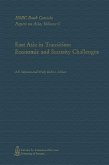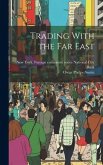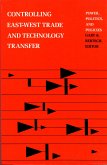The four Pacific Basin countries of Taiwan, South Korea, Hong Kong, and Singapore, have each defied the vicious circle of poverty in the post-war years, emerging as dynamic and rapidly growing economies. This book provides a comprehensive analysis of the economic factors that led to the 'miracle'. The authors combine a wide-ranging empirical body of data with a broad theoretical approach to its analysis. They reach conclusions that can serve as a guide to likely future developments. The book makes an original contribution by describing international trade data that relates to the evaluation of the extraordinary success of these four countries.
The Newly Industrializing Countries (NICs) of the Pacific Basin - Taiwan, South Korea, Hong Kong, and Singapore - differ in many ways. Each has its own language, culture, political life, and economic system. But there is one crucial characteristic they all hold in common: each has succeeded in defying in what Peter C.Y. Chow and Mitchell Kellman define as a "vicious circle of poverty" following World War II. In Trade - The Engine of Growth in East Asia, the authors provide a comprehensive analysis of the economic factors which fueled the "engine of growth". They combine a detailed body of empirical data with an unusually broad theoretical framework to highlight the factors in each industry and market which contributed to the success of these countries. The work examines and forecasts potential competition from the surrounding geographic area. It also contrasts the development of the NICs with Japan, with "next tier NICs", and with each other in a variety of markets, including those of the United States and the increasingly unified Europe. Using modern economic theory and sophisticated quantitative techniques, Trade - The Engine of Growth in East Asia will enable scholars, students, policymakers, and professionals to understand the success of these East Asian models of growth.
The Newly Industrializing Countries (NICs) of the Pacific Basin - Taiwan, South Korea, Hong Kong, and Singapore - differ in many ways. Each has its own language, culture, political life, and economic system. But there is one crucial characteristic they all hold in common: each has succeeded in defying in what Peter C.Y. Chow and Mitchell Kellman define as a "vicious circle of poverty" following World War II. In Trade - The Engine of Growth in East Asia, the authors provide a comprehensive analysis of the economic factors which fueled the "engine of growth". They combine a detailed body of empirical data with an unusually broad theoretical framework to highlight the factors in each industry and market which contributed to the success of these countries. The work examines and forecasts potential competition from the surrounding geographic area. It also contrasts the development of the NICs with Japan, with "next tier NICs", and with each other in a variety of markets, including those of the United States and the increasingly unified Europe. Using modern economic theory and sophisticated quantitative techniques, Trade - The Engine of Growth in East Asia will enable scholars, students, policymakers, and professionals to understand the success of these East Asian models of growth.

